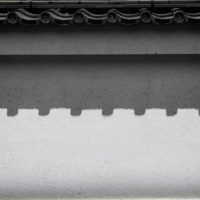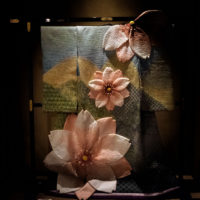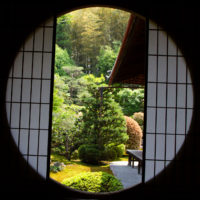
Kawara 瓦 (Tiles)
In the old days Tsuchi-buki 土葺き工法 (installed and fixed-in-place by clay) used to be the method of installing kawara. In this method, clay was laid down underneath the kawara, utilizing clay’s adhesive power to affix the kawara onto the roof. However, this Tsuchi-buki method could not withstand natural disasters very well, and, because of that, such problems as misalignment, dropouts and dispersing of kawara tiles occurred every time natural disaster struck.
Later on, a new method called “Hook-up-to-crosspiece” 引掛桟葺き工法 style was developed and became the main method of roofing. In this method, a small claw-shape hook on the upper end of a kawara tile is hooked onto the crosspiece to prevent the kawara from dropping off. Furthermore, each tile is also nailed down to the crosspiece to ensure it is fixed to the roof.
In Japan, these are three major types of residential tiles which are considered to be representative in terms of their origin, material and method of manufacturing: Sanshu 三州, Ishishu 石州 and Awaji 淡路瓦. For shrines and temples, minokawara 美濃瓦 is a dominate key maker.

Also, in the old days arts and craftsmanship of kawara can be seen in shrines and temples
Further Reading
Tiles used on the wall and fence top and samples
http://www.ishino.jp/seihin/kawara-data.html
塀瓦








